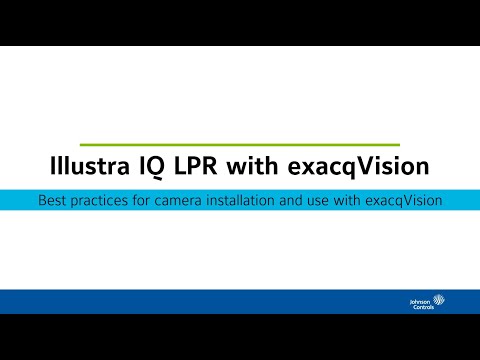This video reviews the Illustra IQ LPR model cameras for edge-based license plate recognition, covering installation best practices for reliable results and the camera’s use with the exacqVision VMS software.<br><br> Chapters:<br> 00:00 Intro<br> 00:35 exacqVision Advantage<br> 00:47 Requirements & Hardware<br> 01:27 Installation Best Practices<br> 03:48 Camera Configuration<br> 08:54 Use with exacqVision<br> <br>
Tag: LPR
Axis License Plate Verifier Serial Integration Guide
Overview Axis offers a camera-based License Plate Verifier application for detecting and reading vehicle license plates. The data from the license plate captures may be viewed within the exacqVision Client as text, sent as serial over IP data. This document provides the steps to set up the integration with exacqVision. NOTE: This guide is not… Continue reading Axis License Plate Verifier Serial Integration Guide
Road AI LPR application with Hanwha Cameras
Overview Hanwha cameras may be configured with the Road AI license plate recognition application. The data from license plate captures can be viewed in the ExacqVision Client as text, sent as serial data over IP. The Road AI application is pre-installed and licensed from the factory on select camera models. This document will step through… Continue reading Road AI LPR application with Hanwha Cameras
